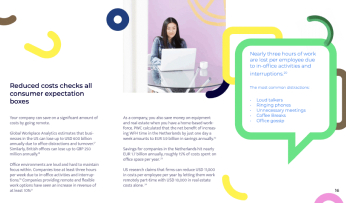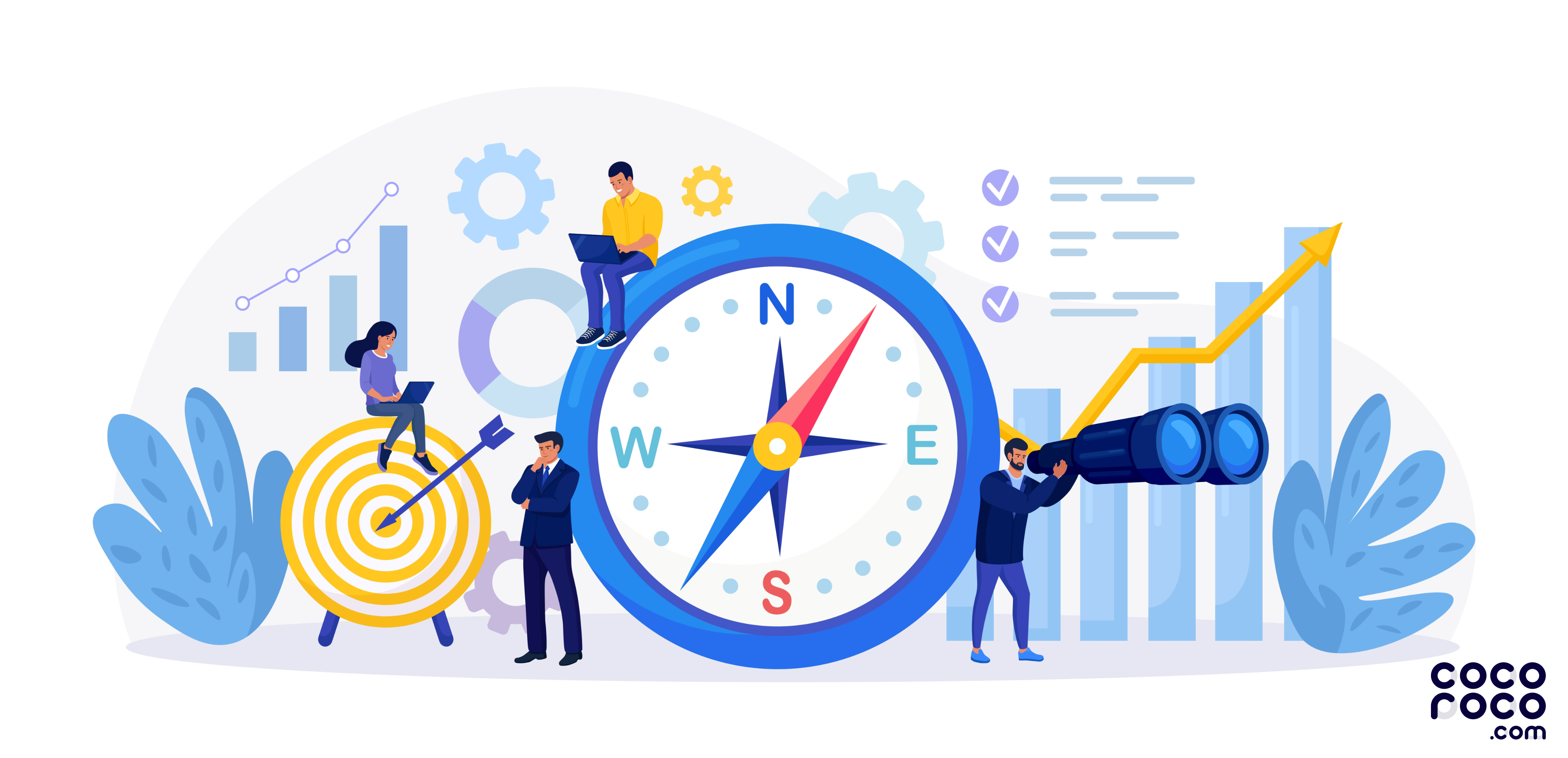Considering average handling time (AHT) to be a key performance indicator (KPI) is contrary to the purpose of customer service today.
But what is AHT, and why is it so damaging?
What is average handling time?
AHT is the amount of time a support agent has to complete interactions, including:
- Talking with customers
- On hold, looking up data, or on a transfer
- Making case reports
Using handling time to manage a team dates back to the Industrial Age. Why use an outdated method to lead your team that doesn’t speak to modern customers?
Disadvantages of AHT as a customer service KPI
Agents with stopwatches are a hindrance to good customer service.
Handle time as an agent metric isn’t solution-oriented. It focuses more on the clock than your customer and hinders your service team’s performance.
We get it.
Serving modern customers is a high-pressure job that takes emotional labour and tech know-how. Agents have to meet high targets and problem-solve daily, which can be exhausting.
Rigid time constraints can have disastrous consequences from burnout to loss of business. But what else can happen?
AHT causes agent burnout
Customer service is a people-first job, and most companies hire based on social skills or personality.
Being on the clock also leaves agents no time to build authentic customer connections.
Tight schedules force scripted replies, making your agents feel closer to bots than people. This leads to high burnout of bored, demotivated agents who can’t perform at their best.
Churn costs money
Handling upset customers day after day can be emotionally stressful for agents.
Meeting customer satisfaction targets and being in constant problem-solving mode also puts a lot of pressure on them. Not to mention the strict adherence to schedules and procedures.
Imagine being made to race against time in a high-stress, high-pressure work scenario. It can only lead to burnout.
It’s no wonder the customer service industry has a high employee turnover rate.
Constant agent attrition means wasting time, money, and resources to recruit and train new agents instead of holding on to the talent you already have.
Customer satisfaction decreases
With an hourglass running out of sand, agents can’t handle customers to the best of their ability. Often, it can lead to a toxic work environment and bad service as a result.
Your team might take shortcuts, mishandle cases, or omit critical information to reduce call time. They could be failing to provide personalised service in a meaningful way too.
Every time an agent asks, “Is there anything more I can help you with?” they’re hoping the answer is “No.”
And your customers can tell.
If your goals are preventing your support team from taking the time to help your customers, it’s time for a rethink.
You can lose customers
When agents worry about time, they’re less focused on finding the right solution. This is especially bad for customers with complex or multiple issues.
It also reduces the likelihood of first contact resolution (FCR) because an agent will aim to close the chat ASAP to stay within the AHT.
If your customers need to contact you again due to an unsatisfactory or incomplete response, they’ll be less likely to purchase with you in the future.
What you should focus on instead
If you want to resolve issues quickly to avoid wasting your customers’ time, you should stop hurrying your agents.
Look at the health of your customer service ecosystem and ask yourself:
- Do your current work tools and processes help or hinder your agents?
- Are your agents free to make customer-critical decisions themselves?
- Do your agents waste a lot of time copy-pasting data from one system to another?
- Do they have to ask customers for data already in the system but not easy to find?
- Do agents have to do multiple searches to answer customer queries?
- Are unnecessary processes and poor systems inhibiting agent performance?
- Are your knowledge resources delivering instant results or wasting time?
- How many tools do you expect your agents to handle simultaneously?
- Are your expectations from agents realistic, sensitive, and humane?
Asking yourself things like this will help you reassess your technology, customer service expectations, and goals.
By optimising the work process and redefining your expectations, you can support your agents in providing the high-quality care your customers deserve.










